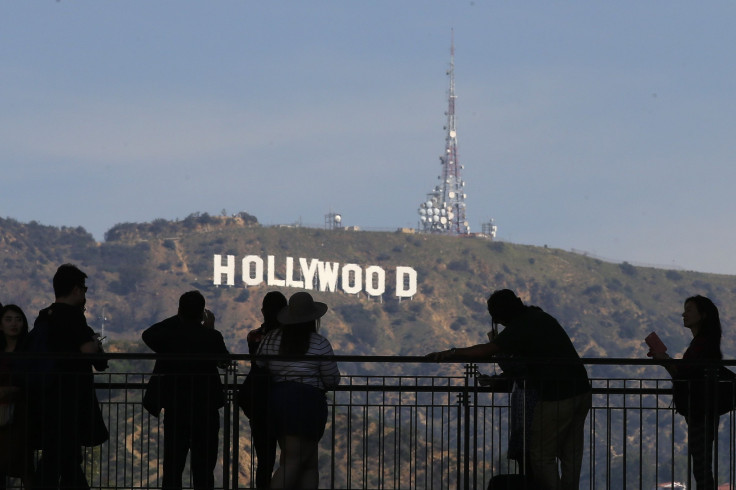Why Is Hollywood Racist? Study Finds Movie Inequality Still Favoring White Men

Despite the best efforts of some advocates to effect change in Hollywood — think: the hashtag #OscarsSoWhite and black stars skipping the award show — the movie industry is still plagued with widespread inequality, according to a new study released Tuesday. The report from the Media, Diversity and Social Change (MDSC) Initiative at USC’s Annenberg School for Communication and Journalism found "little has changed on screen or behind the camera."
The study looked at 2015's top 100 films. Despite making up half the world's population, women held just 31.4 percent of spoken roles in the movies, compared with 32.8 percent in 2008 and just 28.1 percent the year prior. LGBT characters accounted for less than one percent of speaking characters. And for the past eight years, there hasn't been a significant change in black, Latino or Asian characters in popular films, according to the study. Of the top 100 films last year, nearly half included no speaking roles for Asian characters, 17 featured no black characters and 82 did not feature a LGBT character.
"The findings reveal that Hollywood is an epicenter of cultural inequality," Dr. Stacy L. Smith, founding director of the MDSC Initiative, said in a statement. "While the voices calling for change have escalated in number and volume, there is little evidence that this has transformed the movies that we see and the people hired to create them. Our reports demonstrate that the problems are pervasive and systemic."
The group found that there was an 11 percent uptick in female lead or co-lead roles compared with 2014, although just three films featured a female lead or co-lead from "an underrepresented racial/ethnic group."
Off screen, 92.5 of directors were male while 7.5 percent were female. Just four of 107 directors were black or African American and six were Asian or Asian American.
"We're seeing entrenched inequality," Smith said to the Associated Press. "Whether we're studying gender, race, ethnicity, LGBT or characters with disabilities, we're really seeing exclusionary forces leaving out anybody that's not a straight, white, able-bodied man. Despite all the chatter and all the activism and all the press attention, it's another year where the status quo has been maintained."
© Copyright IBTimes 2025. All rights reserved.






















